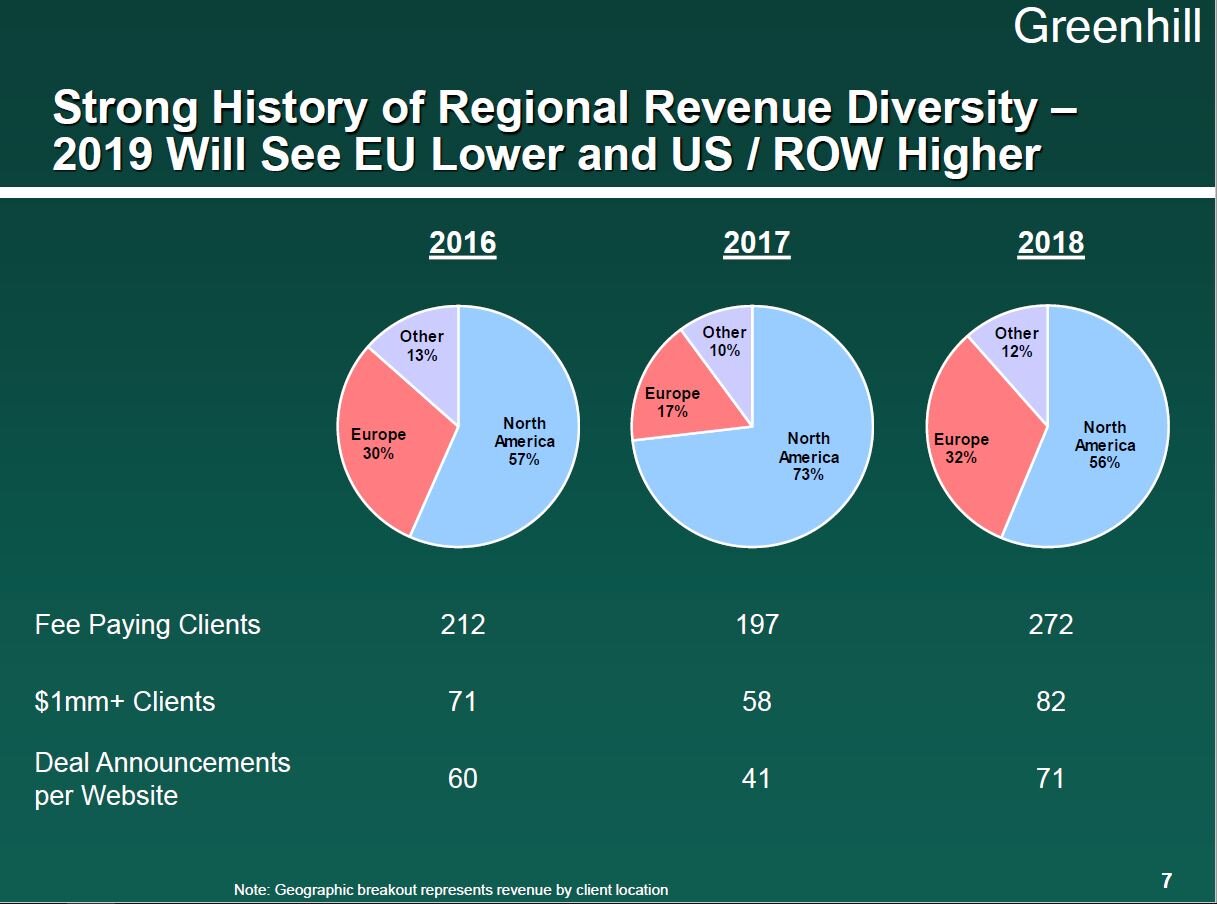A quick recap of PETITION’s coverage of everyone’s (cough, no one’s) favorite supplements slinger.
In August 2017 in “GNC Holdings Inc. Needs Some Protein Powder,” we wrote:
GNC Holdings Inc. ($GNC) remains in focus as it reported its Q2 numbers this past Thursday. In summary, decreased consolidated revenue, decreased domestic (company-owned and franchised) same-store sales, decreased net income and operating income, decreased manufacturing/wholesale business...basically a hot mess. Limited bright spots included China sales and the new GNC storefront on Amazon. You read that right: the storefront on Amazon. Ugh. The company has $52mm of cash, $163.1mm available under its revolver and a robust $1.5b of long-term debt on its balance sheet. The stock traded down 7% after the announcement (but was up on the week).
In February 2018 in “GNC Makes Moves (Long Brand Equity, Meatheads & Chinese Cash),” we introduced the great strides GNC was undertaking to avoid a bankruptcy filing. These actions included (a) paying down its revolving credit facility, (b) moving towards an amend-and-extend transaction vis-a-vis its term loan, (c) obtaining a $300mm capital infusion by way of issuance of a perpetual preferred security to CITIC Capital, a Chinese investment fund and controlling shareholder of Harbin Pharmaceutical Group, and (d) the formation of a JV in China whereby it would slap its brand on Harbin’s product.
The following month in “GNC Holdings Inc. & the Rise of Supplements,” we highlighted that the amend-and-extend got done. And this:
Concurrently, the company entered into a new $100 million asset-backed loan due August 2022 and engaged in certain other capital structure machinations to obtain $275 million of asset-backed “first in, last out” term loans due December 2022. Textbook. Kicking. The. Can. Which, of course, helped the company avoid Vitamin World’s bankrupt fate. Goldman Sachs!
We also noted a number of DTC supplements companies that were juiced by financings or acquisitions, citing them as headwinds to GNC and GNC’s nascent DTC business. The stock traded at $3.97/share back then. And we wrote:
Perhaps those restructuring professionals disappointed by Goldman Sachs’ success in securing the refinancing should just put that GNC file in a box labeled “2021.”
We revisited GNC in May 2018 in “GNC Holdings Inc. Isn’t Out of the Woods Yet.” At that time, the stock hovered around $3.53/share and the company reported more bad news including (i) 200 store closures, and (ii) declining revenue, same store sales at domestic franchise locations, and net income. We wrote:
Clearly GNC’s future — now that it has some balance sheet breathing room — will depend on its ability to capture new international markets, e-commerce growth primarily through its private label, innovation around product to combat DTC supplements brands, and continued cost controls. It will also need to execute on its goal of translating e-commerce sales to foot traffic. To accomplish this Herculean task, GNC may just need some supplements.
Last July, we noted that revenue continued its downward trend but earnings generally beat (uber-low) expectations. In August, we highlighted how Goldman Sachs was acting very “Goldman-y,” given that Goldman Sachs Investment Partners was a major investor in DTC vitamins and supplements startup Care/of, which had just raised a $29mm Series B round. We’ve slacked on our coverage since.
So, like, what’s up with GNC now?
It reported earnings back in July and continued to show weakness. Quarterly consolidated revenue and adjusted EBITDA declined meaningfully — the latter down 3% YOY. Same store sales were down 4.6%. E-commerce was down 0.2%. Revenue from franchise locations decreased 1.8%.
The company blamed promotional offers it implemented at the beginning of the quarter for the lousy same-store sales results.
Early in the second quarter, we made some adjustments to some of our promotional offers and our marketing vehicles, and we saw a direct negative impact to the top line. We quickly course corrected and saw sales strengthen throughout the remainder of the quarter.
PETITION Note: somebody must have gotten fired. Hard. Nothing like dropping an idea that is so horrifically bad that it immediately resulted in a “direct negative impact to the top line.” YIKES.
Speaking of yikes, mall performance is, like, YIIIIIIIIIIIKES:
In addition, the negative trends in traffic that we've seen in mall stores over the past several years has accelerated during the past few quarters putting additional pressure on comps. As part of our work to optimize our store footprint, we're increasing our focus on mall locations. And as you know, we have a great deal of flexibility to take further action here due to the short lease terms we have across our store portfolio.
It's important to note that our strip center locations are relatively stable from a comparable sales perspective. As a reminder, 61% of our existing store base is located in strip centers while only 28% reside in malls.
As a result of the current mall traffic trends, it's likely that we will end up closer to the top end of our original optimization estimate of 700 to 900 store closures.
Mall landlords everywhere were like:



























